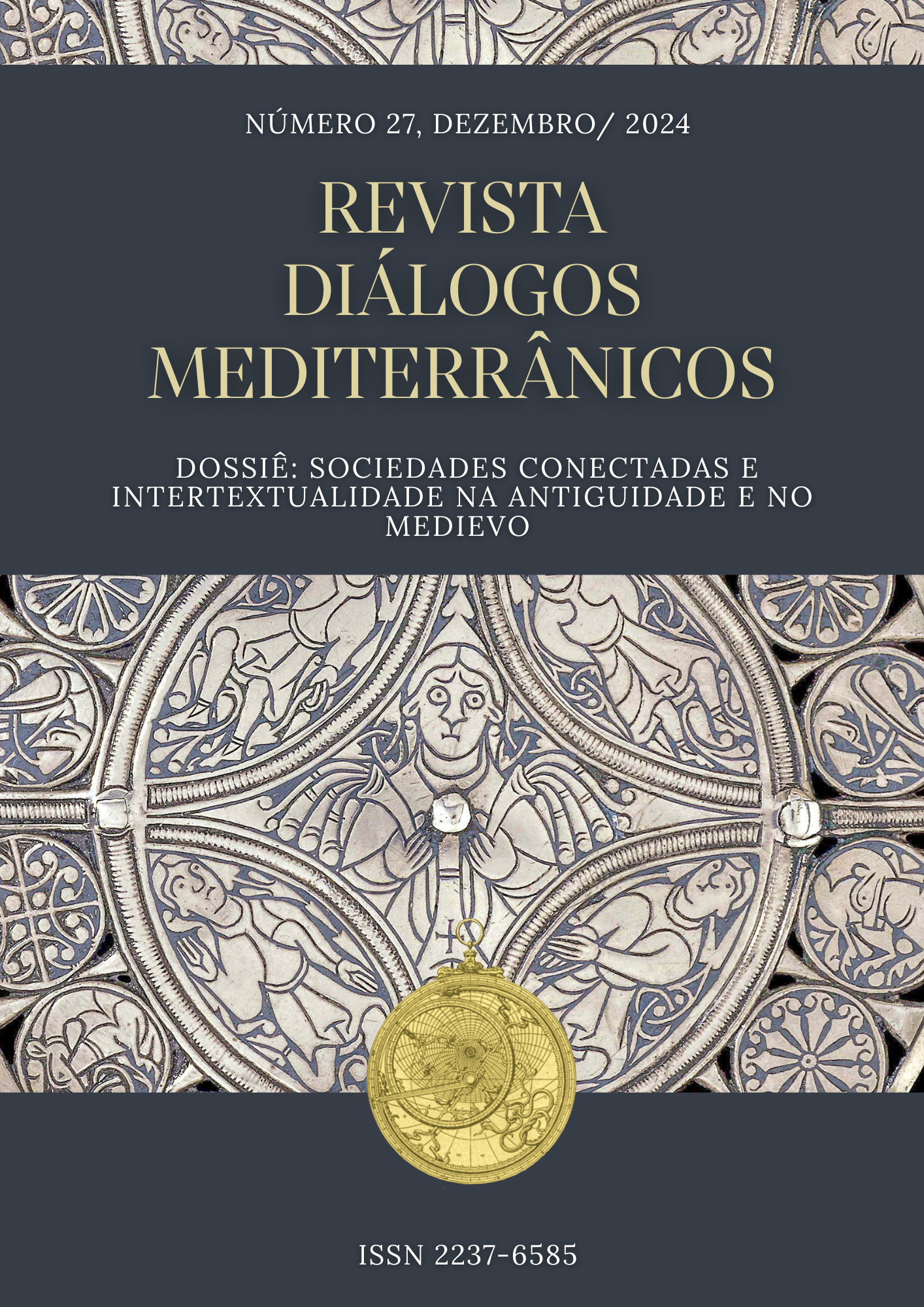LOCI SEPULCRALES, PLACES OF MEMORY: THE IBERIAN ROYAL PANTHEONS IN LATE MEDIEVAL EUROPE
Abstract
ABSTRACT
This article analyzes the Iberian royal pantheons within the late medieval European context, highlighting their role as places of memory and instruments of political legitimization. Employing a comparative approach, the study examines funerary spaces such as the Monastery of Batalha (Portugal) and the Cathedral of Toledo (Castile), situating them alongside European models like Westminster Abbey (England) and the Basilica of Saint-Denis (France). The research explores the formation of cultural and symbolic networks among these monarchies, revealing exchanges of practices, architectural styles, and dynastic representations. The study is grounded in a comparative historiographical methodology and draws upon diverse sources, including chronicles, royal wills, and liturgical records. It problematizes the use of mausoleums as tools of propaganda and as expressions of a shared memorial culture adapted to local specificities. The central objective is to understand how royal pantheons integrated the sacred and the political, consolidating dynastic identity and reinforcing monarchical legitimacy. Engaging with Comparative History and connected societies, the article seeks to position the Iberian experience within broader European interconnection networks, contributing to debates on the construction of memory and power in the medieval period.
Keywords: Places of Memory; Royal Pantheons; Funerary Memory.
Downloads
Published
How to Cite
Issue
Section
License
Proposta de Política para Periódicos de Acesso Livre
Autores que publicam nesta revista concordam com os seguintes termos:
- Autores mantém os direitos autorais e concedem à revista o direito de primeira publicação, com o trabalho simultaneamente licenciado sob a Licença Creative Commons Attribution que permite o compartilhamento do trabalho com reconhecimento da autoria e publicação inicial nesta revista.
- Autores têm autorização para assumir contratos adicionais separadamente, para distribuição não-exclusiva da versão do trabalho publicada nesta revista (ex.: publicar em repositório institucional ou como capítulo de livro), com reconhecimento de autoria e publicação inicial nesta revista.
- Autores têm permissão e são estimulados a publicar e distribuir seu trabalho online (ex.: em repositórios institucionais ou na sua página pessoal) a qualquer ponto antes ou durante o processo editorial, já que isso pode gerar alterações produtivas, bem como aumentar o impacto e a citação do trabalho publicado.






